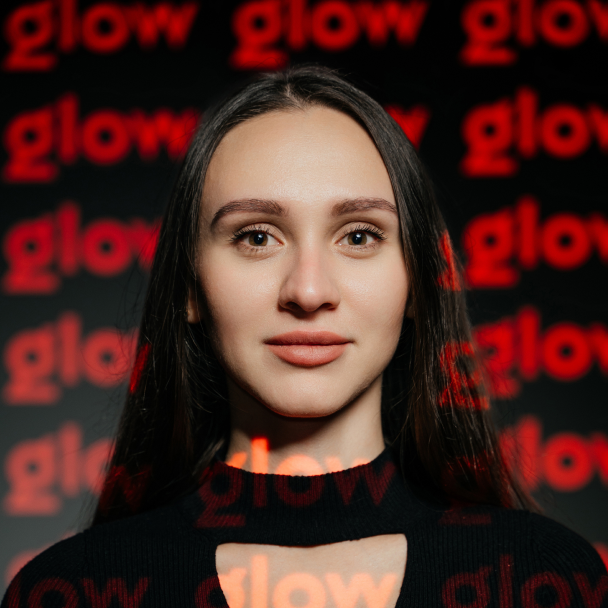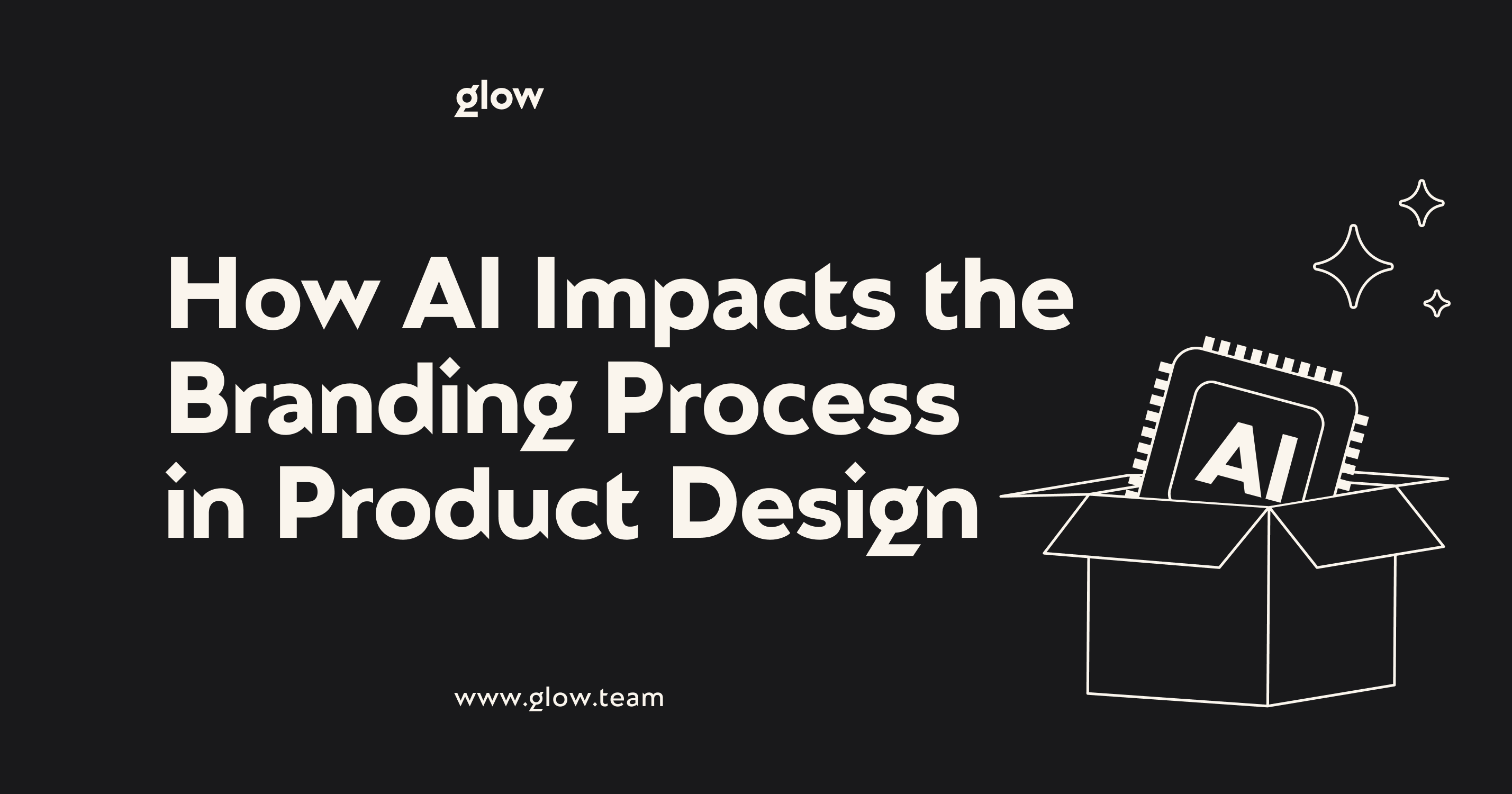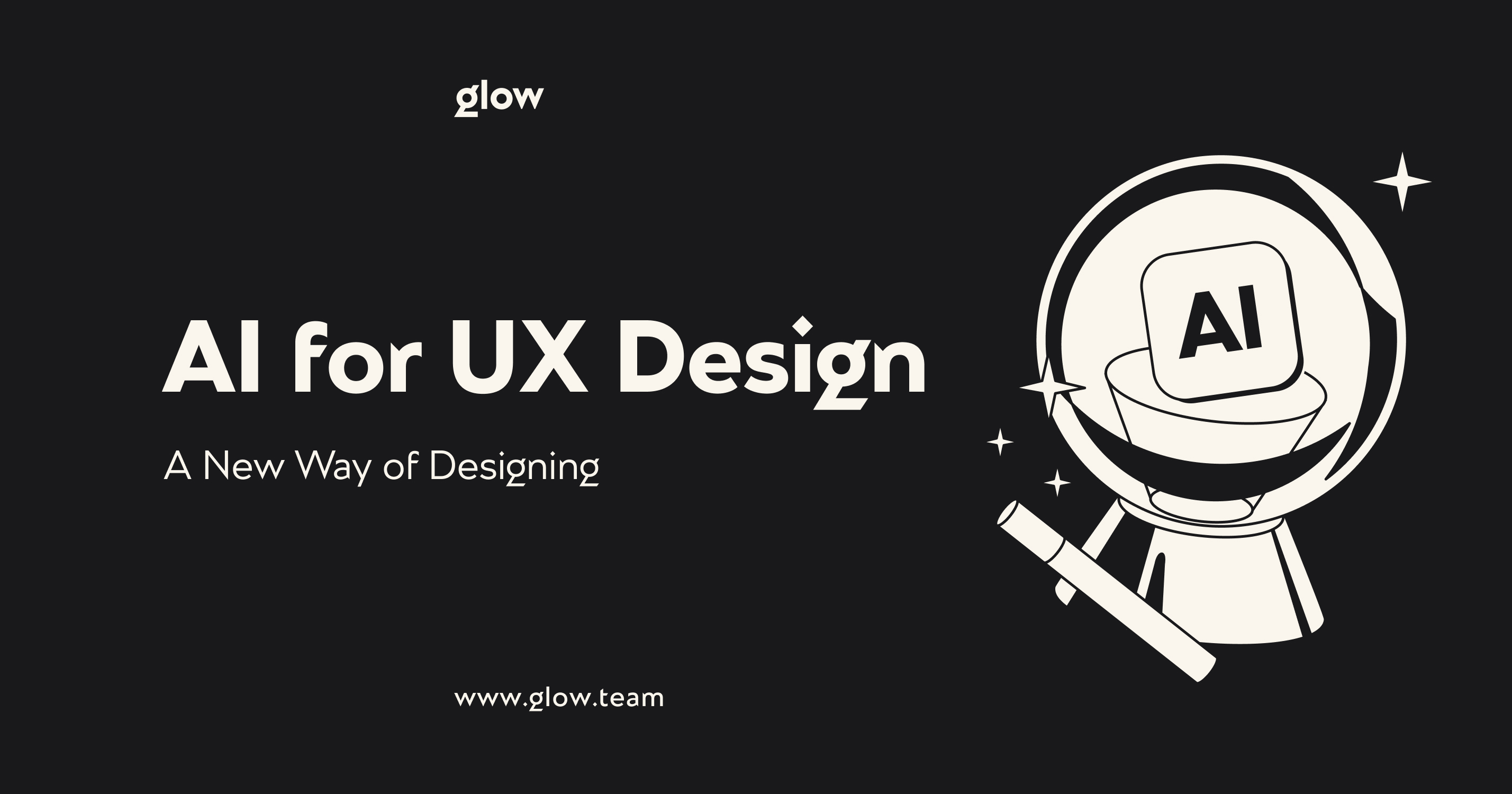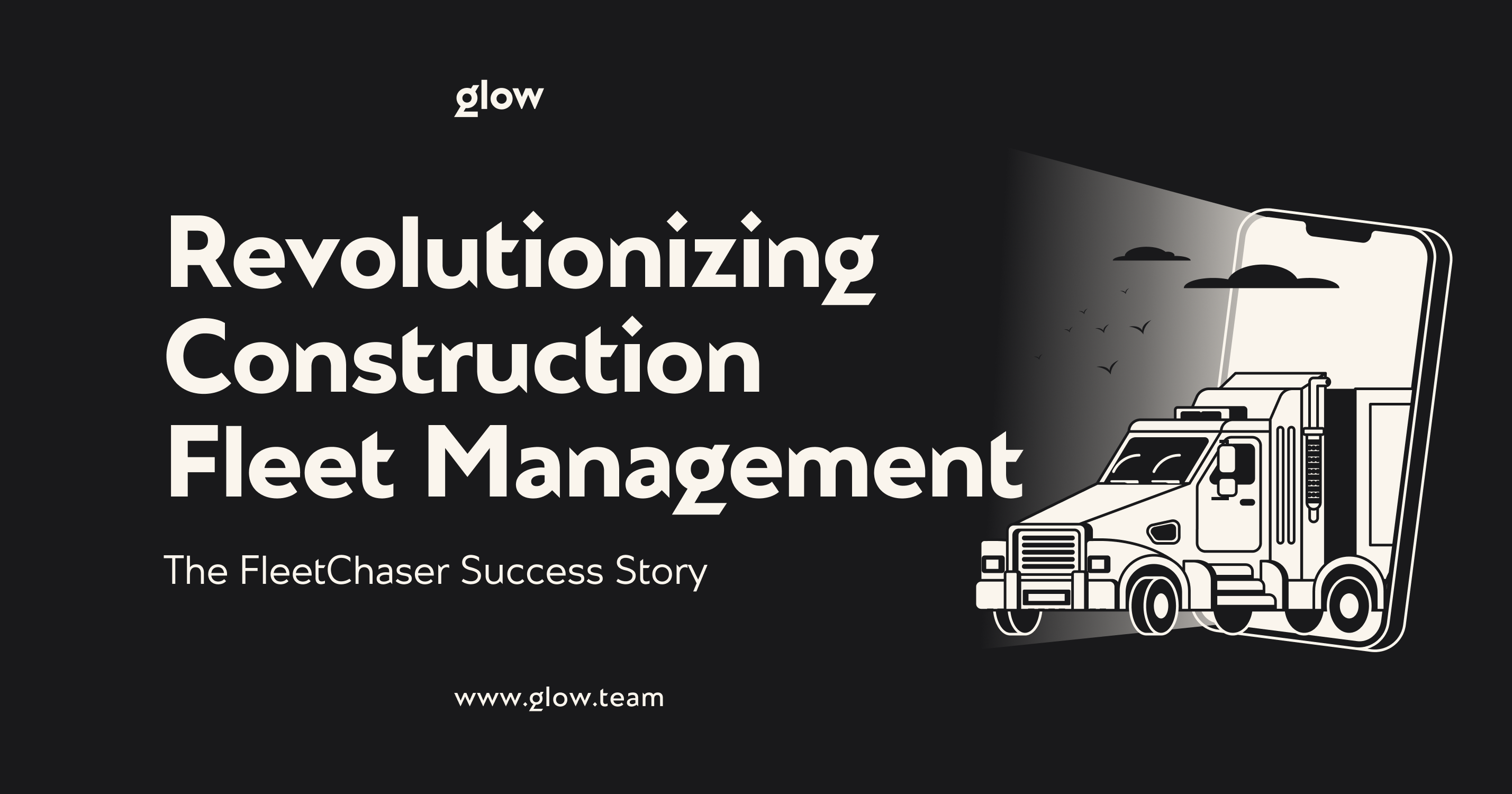
Introduction
In early 2024, Lifer Diabetes approached Glow Design Agency with a challenge. They needed a modern healthcare platform. Their goal was to help diabetes patients track and manage their condition effectively. The existing solutions in the market lacked user-friendly interfaces and comprehensive features.
Our team recognized the opportunity to make a real difference in patients' lives. We understood that proper design could significantly impact healthcare outcomes. The project required a delicate balance between functionality and accessibility.

About Lifer Diabetes
Lifer Diabetes provides comprehensive solutions for diabetes management. They serve over 50,000 patients across North America. Their platform combines tracking tools with educational resources. They focus on making diabetes management more accessible.
Founded in 2020, they've shown remarkable growth in the digital health space. Their team includes experienced healthcare professionals and diabetes educators. The company maintains partnerships with leading hospitals and clinics nationwide. Their commitment to patient care drives continuous innovation in their services.

Objectives and Goals
Our design team identified key goals for this healthcare platform project. Each objective focused on creating an accessible and engaging user experience.
The main design objectives included:
- Create a clean, modern visual system that inspires trust
- Design an intuitive navigation system for quick access to vital features
- Develop a consistent color palette that aids in data visualization
- Build a responsive interface that works seamlessly across all devices
- Craft clear typography hierarchies for improved readability
- Design an engaging onboarding flow for first-time users
- Create an accessible interface for users with different abilities
- Develop a clear visual system for alerts and notifications
We aimed to balance modern aesthetics with functional design. Our priority was making complex health data easy to understand. The interface needed to feel professional yet friendly.
Each design element needed to support users in their daily health management. We focused on creating visual patterns that users could learn quickly.

Approach and Methodology
We started with a deep dive into the visual language of healthcare applications. Our team analyzed the design patterns of five leading diabetes management apps.
The six-week research phase included several key design activities:
- Review of current UX/UI trends in healthcare applications
- Analysis of color psychology in medical interfaces
- Study of typography impact on readability for various age groups
- Evaluation of button placement and size for emergency functions
- Testing of different navigation patterns
Our design research revealed three distinct interface needs:
- Simple, high-contrast layouts for elderly users
- Dynamic, feature-rich interfaces for tech-savvy patients
- Data-focused dashboards for medical professionals
We created mood boards and style guides for each user group. It helped align our design decisions with user preferences and needs.
Each interface concept went through multiple iterations of design testing. We focused on creating familiar patterns that users could easily understand. The final direction combined accessibility with modern design trends.

Design Processes
User Research and Analysis
We conducted detailed user interviews and surveys. It helped us understand pain points in diabetes management. We created user journey maps for each persona. These insights guided our design decisions.
Our research identified critical pain points:
- Complex data entry processes discouraged regular tracking
- Unclear data visualization made trend-spotting difficult
- Poor integration with medical devices caused frustration
- Lack of emergency support features creates anxiety
Information Architecture
Our team developed a clear hierarchy of information. We organized features by frequency of use. The navigation system prioritized daily management tasks. Emergency information remained easily accessible.
We implemented a three-click rule for all critical features. The information architecture underwent five iterations based on user testing. Card sorting sessions helped optimize menu structures.
Wireframing and Prototyping
We created low-fidelity wireframes for key features. User testing helped refine these early designs. Interactive prototypes allowed for real-world usage testing.
The prototyping phase included:
- 20 key screen wireframes
- 3 rounds of user testing
- 2 major design iterations
- Accessibility compliance checking
- Performance optimization testing
Mobile Version Development
The mobile app focused on quick data entry. We designed a one-tap blood sugar recording system. The medication reminder used smart notifications. Emergency contacts remained one click away.
Key mobile features included:
- Voice input for hands-free recording
- Widget support for quick access
- Offline functionality for continuous access
- Battery-efficient background monitoring
- Smart notification management
Desktop Version Development
The desktop version provided detailed data analysis. We created comprehensive health reports. The interface allowed for easy data export to doctors.
Desktop-specific features included:
- Advanced data visualization tools
- Bulk data import capabilities
- Custom report generation
- Telemedicine integration
- Administrative tools for healthcare providers
Data Visualization System
We developed intuitive charts for tracking trends. Users could easily spot patterns in their readings. Color coding helped identify concerning values.
The visualization system featured:
- Interactive trend graphs
- Customizable date ranges
- Pattern recognition highlights
- Export capabilities for medical records
- Real-time data updates
Security Implementation
We implemented HIPAA-compliant security measures. Data encryption protects sensitive health information. Secure sharing features connected patients with doctors.
Security features included:
- End-to-end encryption
- Two-factor authentication
- Biometric login options
- Regular security audits
- Automated backup systems
Community Feature Development
We built a moderated support community system. Users could share experiences safely. Healthcare professionals could contribute valuable insights.
Community features included:
- Moderated discussion forums
- Expert Q\&A sessions
- Resource sharing capabilities
- Success story showcases
- Educational webinar integration

Results and Achievements
The project delivered impressive results:
- 89% user satisfaction rate in initial testing
- 40% faster blood sugar recording compared to competitors
- 95% of users found the medication reminder helpful
- 78% reduction in missed readings
- 60% increase in patient-doctor data sharing
- 45% improvement in medication adherence
- 92% of healthcare providers reported improved patient monitoring
- 30% decrease in emergency hospital visits among users
- 85% user retention rate after six months
- 4.8/5 average app store rating

Client Feedback
"Glow Design Agency transformed our vision into reality. Their attention to user needs was exceptional. The platform exceeded our expectations in both functionality and design." — Olivia Johnson, CEO of Lifer Diabetes
"The team showed a deep understanding of healthcare users' needs. They created an interface that our patients love using." — Dr. Michael Chen, Medical Director
"The attention to detail in the security implementation was impressive. We feel confident in the platform's ability to protect patient data." — James Wilson, CTO, Lifer Diabetes

Conclusion
The Lifer Diabetes project demonstrates our ability to tackle complex healthcare challenges. We created a platform that makes diabetes management simpler and more effective. The success metrics show strong user adoption and satisfaction.
Key achievements included:
- A user-centered design that prioritizes daily tasks
- Secure and compliant health data management
- Intuitive data visualization for better health tracking
- Strong community features for patient support
- Seamless integration with medical devices
- Comprehensive reporting capabilities
- Multi-platform accessibility
- Enhanced patient-provider communication
This project showcases our commitment to creating meaningful healthcare solutions. Our approach combines technical expertise with deep user empathy. The result is a platform that truly serves its users' needs.
Want to create a healthcare platform that users love? Contact Glow Design Agency to discuss your project!







